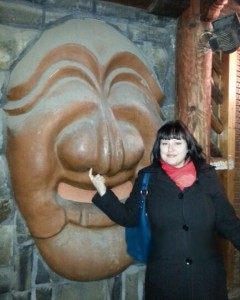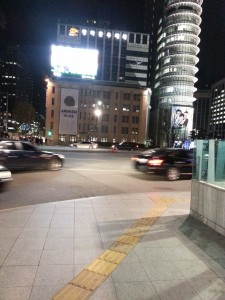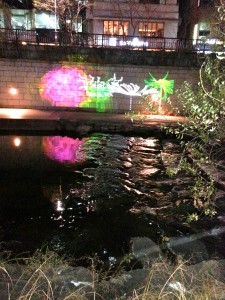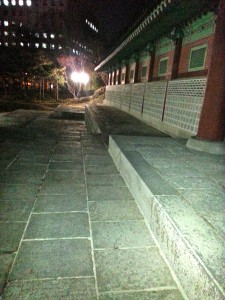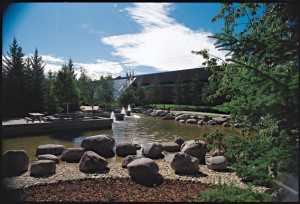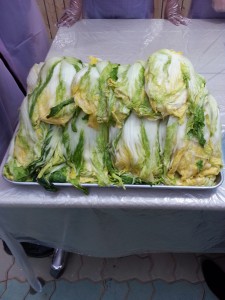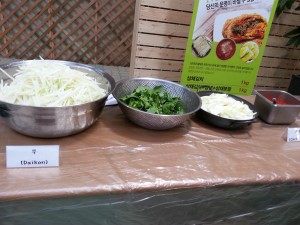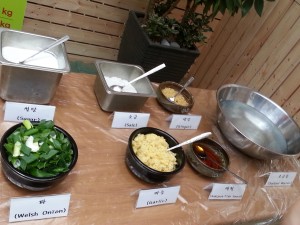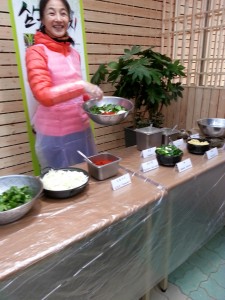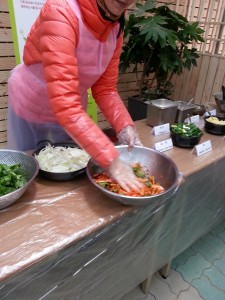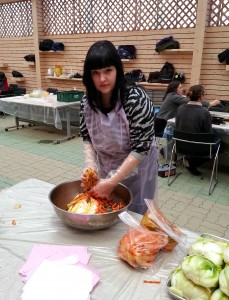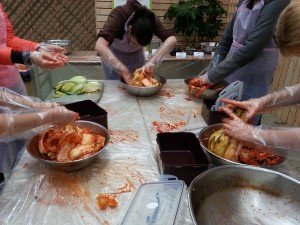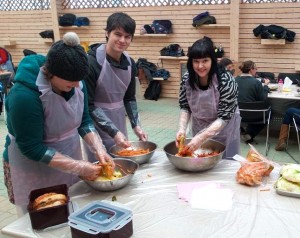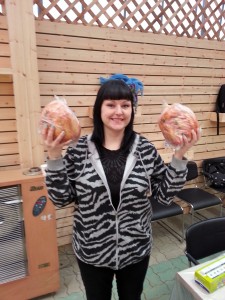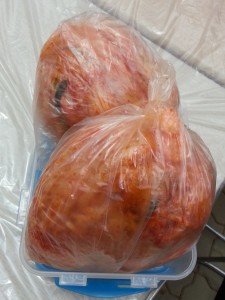Beautiful things are all over Korea, just waiting for the eye’s attraction. Style, fashion, beauty and tradition are mostly what Korean tourism is about. If pretty is what you desire, Korea is a lovely place no doubt, and glamour abounds. If you’re looking for a little less glitter and a little more gruesome, there are things for you to see in Seoul fear not…or maybe fear a little.
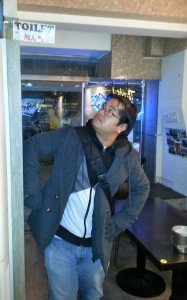
I wasn’t scared because I was with Jason of Take the Midnyte Tour. Considering new superhero name, “Toilet Man.”
I had the distinct pleasure of joining a group in Seoul who took “The Dark Side of Seoul Tour” to see and learn about Korea’s less pleasing, more infamous historical landmarks. It’s a walking tour, around two and a half hours of travel in and out of alleys, dark corridors and ominous doorsteps. The tour is led by a very knowledgeable host by the name of Joe McPherson, who has studied Korean history in school and compiled research for over a year before his tour began. He is also the owner and founder of Zen Kimchi, a website about awesome food and restaurants in Korea, but I digress.
To tell you all the gruesome stories would spoil future patrons from taking the tour, so allow me to share with you my top 3 tales of macabre Korean history.
#3) The Bloody Ghost
In the early 1920’s there was a restaurant in the Nagwon area of Seoul that became quite haunted. Legend has it that the restaurant was host to Japanese and Korean collaborators at the time of Japan’s rule over Korea. Suddenly in 1921 an angry ghost was said to have taken up new residence there. It seemed that any time a guest or the owner herself would look up to the ceiling, blood would fall on their face or clothes out of nowhere. This continued for a year and the police never found the source of the dripping blood. By the year’s end the restaurant was forced close due to lack of business and the owner went mad. She spent the rest of her days wandering the streets of Seoul, presumably never looking up.
#2) Yanghwagin Foreigners Cemetery
In 1877, there was a man named Heungseon Doewongun who was the father of King Gojong, the 26th king of the Josen dynasty. He was always butting heads with the king’s wife, Queen Min (Empress Myeongseong) and her growing interest in western culture. At the peak of his dislike of all things western, he focused his anger on the influx of missionaries and new Christian ideals evolving in Korea. He rounded up 3,000 catholics, took them all up to the top of a mountain near the Han river and chopped their heads off. The river ran red with their blood and that mountain is called “headless mountain” to this day. That place of great massacre is said to be deeply haunted and has since become the Yanghwagin Foreigners Cemetery.
#1) Site of Gwanghyewon
Another site of horrific murder, this time by the Japanese-led Gapshin Revolt in late 1884. The Japanese revolted against the Joseon Dynasty in an effort to modernize the country. They brutally slaughtered all the officials in support of the dynasty and their families too. A whole strip of houses were filled with the stench of those murdered in their homes. A year later when diplomats and missionaries started to flock to the country, the king had nowhere to house them until his minister suggested the nearby homes of the dead. Due to cheap rent, the new arrivals took the offer and took over the newly-haunted houses. One of the people who moved in was the American missionary, Horace Allen who would go on to establish Korea’s first western hospital in his home. He moved into the former home of Korean official Hong Yong-Sik and later commented that one of the rooms in the house was absolutely covered with gore and the walls were thick with blood.
That is just a taste of the morbidly fascinating Dark Side of Seoul’s history you will hear on the tour. After two and half hours you’ll need a hug and some Disney movies to wash away the weight of your history lesson. There have been clairvoyants on the Dark Side Tour in the past and several have confirmed that at certain locations, ghosts are still there and walk with you as you pass, some even following the tour for a while.
For info on how to book your own tour, go to ZenKimchi.com and look for the “food tours” tab, although this tour is more about food for your brain.
